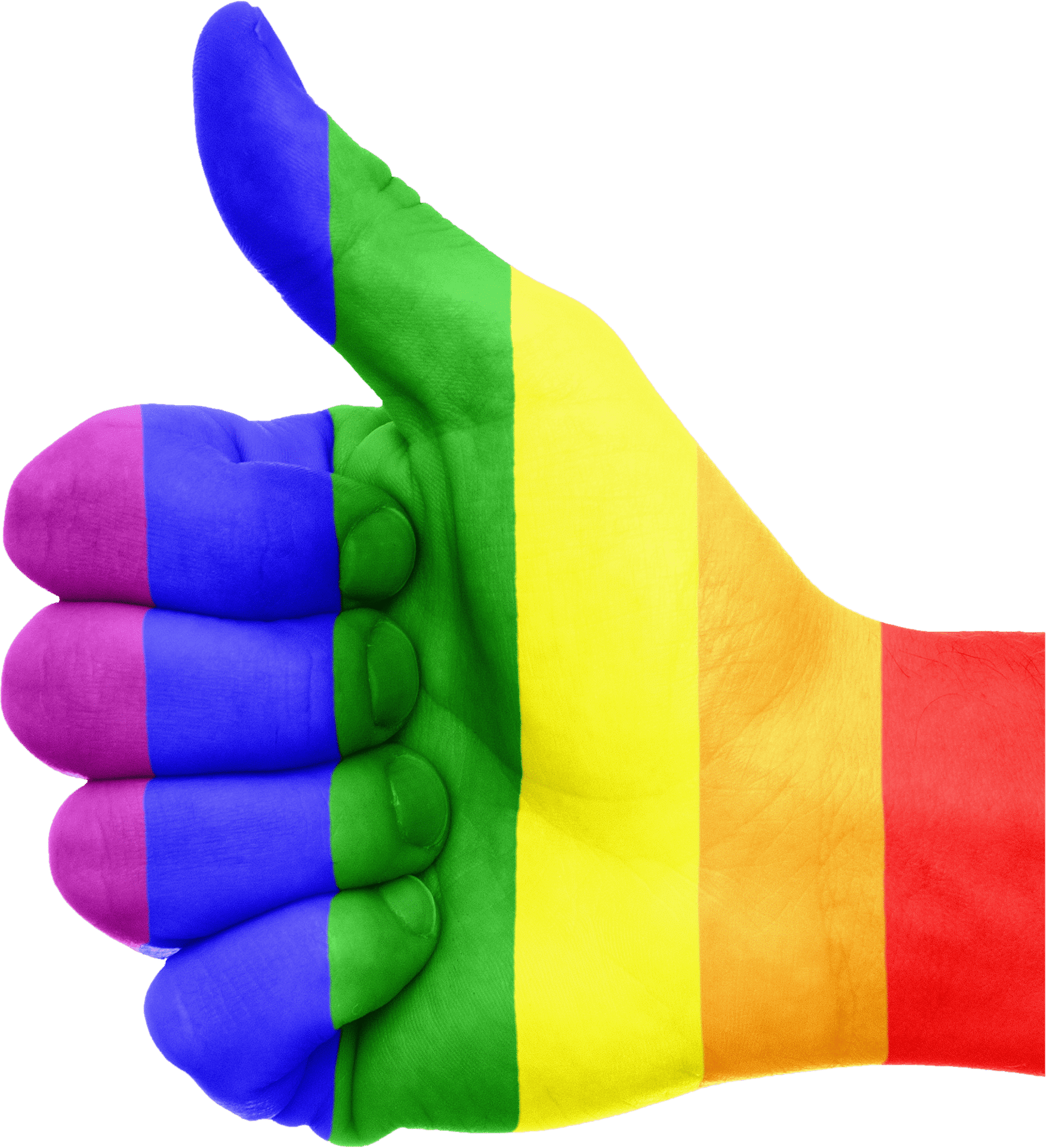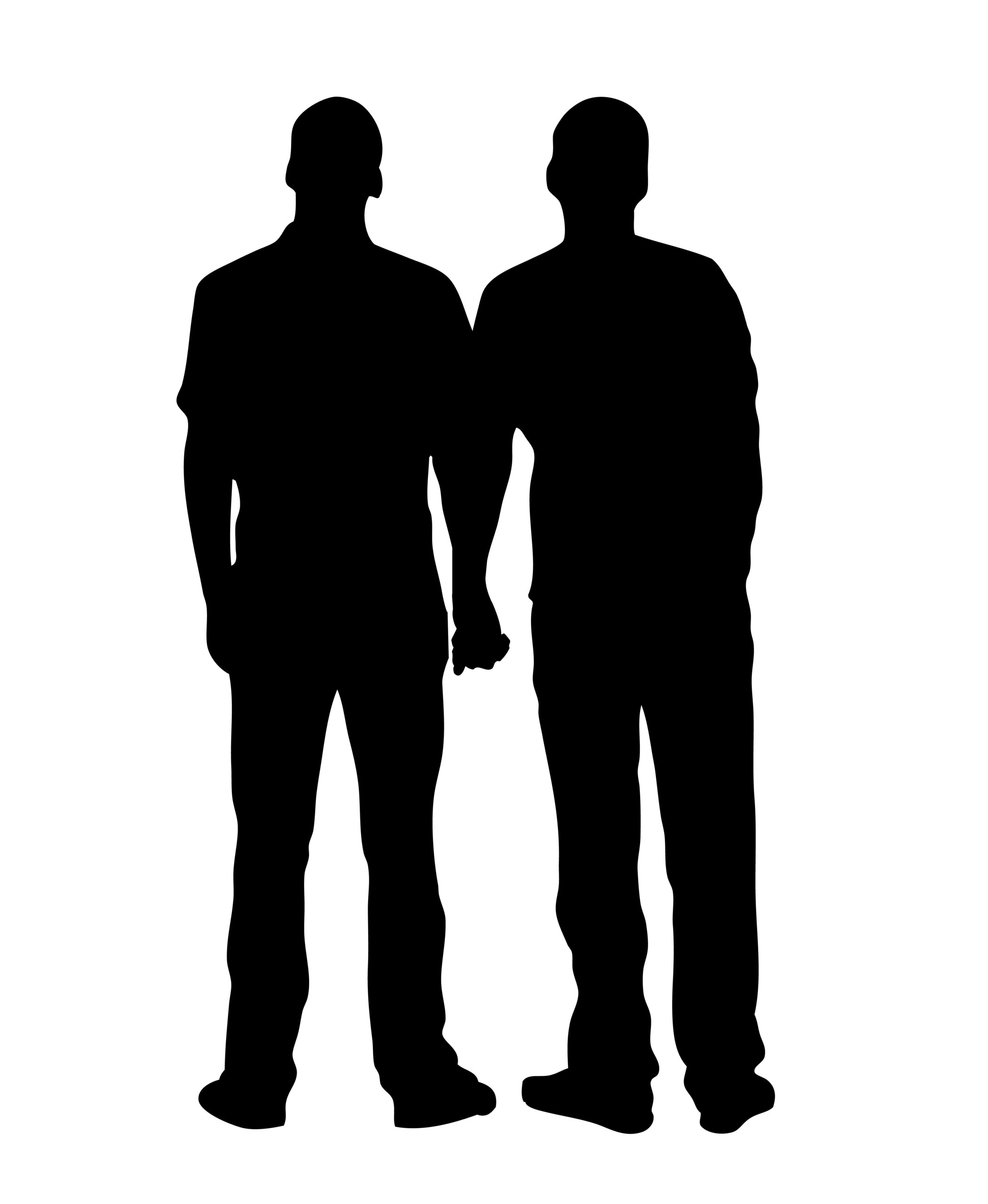Table of Contents
Heteroflexible- Is It Same As Bisexual?
A heteroflexible person is someone who we refer to as “mostly straight”. These people find themselves attracted to people having different gender them but they occasionally do find themselves getting drawn to people of the same gender.
From the late 19th century until now, American culture has only accepted two probable sexual orientations, you already know these- straight and gay/lesbian. Other orientations like Bisexuality, pansexuality, or some other queer orientations recently extended the scope or spectrum of sexual orientation identities recognized in mainstream culture.
However, our community and culture still assume people to be heterosexual—it is a phenomenon known as heteronormativity. In short, the community treats heterosexual or heteroflexible people as completely normal (straight) and undeserving of notice, while individuals who are not heteroflexible face additional scrutiny, stigma, and sexualization.
Thus, it is completely predictable that people having same-sex desires and actions might still wish to be noticed as heterosexual if only to evade all the negative outcomes of “coming out” as non-hetero people. What is this brand-new class of heteroflexibility, and what does it imply?
This attraction may be sexual or romantic, or both. In this article, you will know more about heteroflexible people.
Where did this term originate?

The origin of the term “heteroflexible” is not yet clear but it seems like this term started being noticed on the internet just 20 years ago from now, that is in the early 2000s.
Also, the origin of a term does not indicate that this feeling or attraction or heteroflexible people did not exist earlier. There’s is a long history of straight people experiencing attraction and experimentation with their choices with the same gender.
What heteroflexibility looks like in practice
Heterfolixty is different for all people who recognize this term. For example, a heteroflexible man may find himself drawn to women and nonbinary people for the maximum part, but infrequently they do feel attracted towards men.
They may or may not take any step regarding this attraction by dating or men or having sex with them but they are quite open to experimenting with the same gender. Know that every person who falls under the category of heteroflexibility is different and their experiencing reading heteroflexibility is also different.
Heteroflexible and bisexual
A bisexual person is attracted to people of more than one gender sexually. Heteroflexible people are also drawn to more than one gender, so isn’t that look the same?
Indeed, some bisexual people mostly do feel tempted by people of another gender but bisexuality is a spectrum in which a person has varied preferences.
As per the definition of bisexuality, heteroflexibility does fall into this category. In fact, many people describe themselves to be both bisexual and heteroflexible.
You should also know that such labels given are not prescriptive and only descriptive in nature. They represent various experiences and feelings. They do not possess some strict definitions that you have to stick to use it.
Why is this distinction contentious for some people
We will acknowledge a few reasons for which the term heteroflexible may be controversial. Some people often believe that a person is only attracted sexually towards one gender, and the sexual orientation of a person cannot be flexible.
A different argument is that the term heteroflexible is a bi-phobic term. which means that it’s opinionated to people who are bisexual. This discussion is that someone should solely call themselves bisexual if they feel interested in more than one gender.
One article from Affinity magazine written by Charlie Williams suggests that this term adds to bi-erasure because the heteroflexibility definition is just the same as bisexuality.
There’s a general misunderstanding that bisexual people are drawn to people of every gender to the same precise extent, but it is not accurate— A few bisexual people fancy one gender more than others, so the term “heteroflexible” would suit this definition more.
Some people argue that people identify as polysexual, fluid, queer, and many different words designated to them mean they are highly attracted to more genders. These labels do not erase bisexuality, so why should heteroflexible.
You must always remember that when it comes to your orientation and preferences, you get to choose your own label and not what is given. Some people feel that the heteroflexible suits them more than the term bisexual bot because they oppose bisexuality, but because their experiences are better described.
Having Sex Without Being Attracted To A Person

Many individuals have sex with others they are not tempted to and have even liked that sex. It could be for several reasons: they rented or borrowed a sex worker, or had sex with a possible partner particularly for their own satisfaction, for example.
This indicates that heteroflexible men do not have to be interested in some men to be feeling to have sex with them. However, in a few cases, they could also be rejecting or denying their inclination to avoid the identification of being homosexual or bisexual. It is tough and complicated for scientists to segregate the two terms, as that would demand access to an individual’s most secret and private type of thoughts.
Why Some People Use One Term Over The Other One?
There are so many reasons why people opt for the term heteroflexible over the term bisexual. To name and discuss a few, you may take a look at these:
- They greatly favor people of distinctive genders them and they may sense that “heteroflexible” dispatches this specific encounter more than the term “bisexual”.
- They may require to accept their privilege as a person who essentially comes across as heterosexual while admitting their flexibility.
- They may be exposed to the notion of being attracted to people of an identical gender, but aren’t entirely sure.
These are just a few examples. You might recognize yourself or someone else as heteroflexible for an entirely different reason — and that’s completely fine!
When estimating out your orientation, it is always an excellent idea to imagine why certain names or terms resonate with you. However, you do not have to prove or justify it to anyone else unless you are willing to.
How to know if this term describes you more?
There is no such quiz or test to discover whether you are heteroflexible or not However, you might be able to understand if you are heteroflexible by examining yourself and asking the following questions:
- Who do I consider most drawn to?
- Have I felt drawn to people of the same gender as mine in the past?
- In an environment where individuals were not homophobic or biphobic, who would I prefer dating, sleeping with, and be drawn to?
- Would I choose to explore with someone of a similar gender?
- Did I ever work on those feelings? Do I want to work on these feelings?
- If so, how did it appear?
There are no correct answers to all the questions give here and they’re just meant to get your inner self reflected about your orientation, feelings, and experiences.
You may use them to assist you to think about the subject, but don’t feel restricted by the questions as there may be other means to think more which may be helpful in your case.
What happens if you do not identify yourself as heteroflexible anymore?
If you feel you are no longer a heteroflexible person, it is completely fine! You will be delighted to hear that Sexuality is no less than fluid, which indicates that it may shape and change over time. You might discover that you classify as heteroflexible right now, but later, your actions, experiences, and feelings might change.
It’s critical to recognize that a dynamic or changing orientation does not imply that your orientation is not valid or wrong. It does not anticipate that you were perplexed about it— although confusion is totally fine, too.
It does not matter whether your recognition or orientation stays the same your entire life, or whether it varies regularly, you’re authentic and the term you use to express yourself should be appreciated and respected by yourself if not others and this matters the most!
Where You Can Gain More Information On being A Heteroflexible
If you desire to read more about queer orientations, here are various websites you can visit.
- There are certain online forums like the Bisexual subreddit and other Facebook groups.
- A site called the Trevor project offers emotional support and crisis intervention for queer youth. This includes aromatic and asexual people as well.
- Asexual visibility and education network is another site and organization where you can search the meanings of different terms created to orientation and asexuality.
- You can support various LGBTQ+ support groups on social media which may share their experiences in guiding you.
What makes A Person Homosexual

Some people believe that one occurrence of same-gender appeal or sex makes a person homosexual automatically—this is certainly not the case. Bisexuals like having sex with individually of the same gender without being described as homosexual. The barriers between heterosexuality, homosexuality, and bisexuality are often biased, devising people lots of freedom in how they can recognize themselves.
The Bottom Line
Eventually, heteroflexibility is just one technique to represent an individual who classifies as non-heterosexual. Tags can be advantageous in some ways as they may serve people to learn to embrace their identity and find an organization to support them. Contemporary polls insinuate that the more recent generation may be more satisfied by not identifying by a definite sexuality dichotomy.
One recent study found that amongst Americans between the ages of 13 and 20, exclusively 48% classified themselves as being heterosexual.
Rather than pressure about the tags that people choose, the most significant thing is to encourage and support all people in the LTBTQ+ community to guarantee everyone feels secure, accepted, and totally supported.

